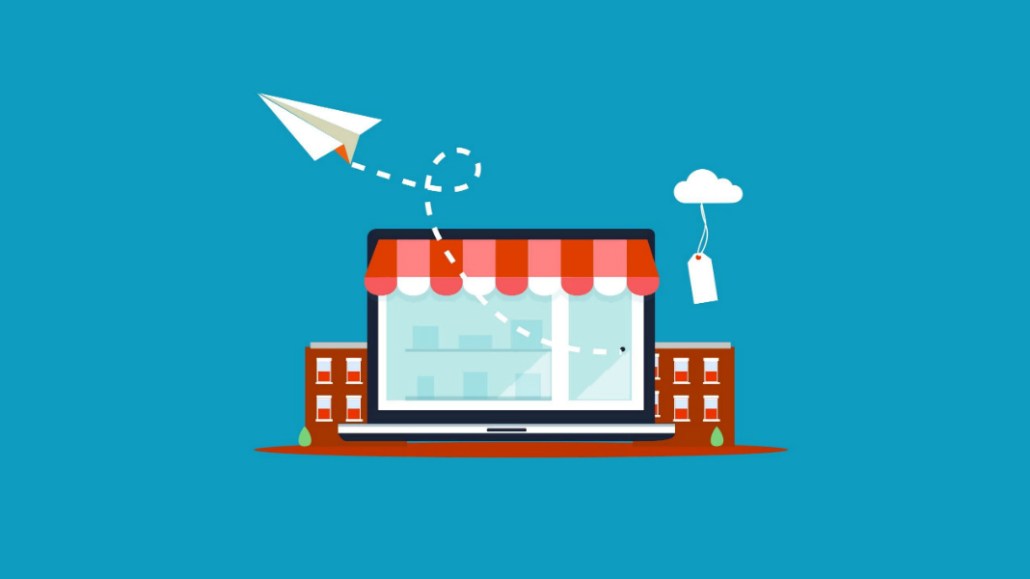Publishers see higher traffic to commerce sections, but also face affiliate fee cuts

As the coronavirus rolls on, media companies that say they have diversified revenues streams are being put to the test.
With in-person events businesses on hold and the global advertising market contracting, publishers with commerce revenues have a slight resilience to the growing economic impacts of the virus. For now at least.
Businesses like The New York Times’ Wirecutter and Future have noted hikes in traffic to commerce content and expect that to translate to revenue. On the flip side, this huge surge in demand can also threaten publishers’ commerce revenue lines as retailers close their affiliate programs and merchants reduce commission rates to zero for products in high demand, like cleaning materials.
“We have been asked by Tesco, for example, to stop sending people to its online services because it understandably can’t keep up with demand,” said Simon Jary, svp consumer worldwide at tech publisher International Data Group. “We are seeing high demand for content on working from home and required technology, and these often include product recommendations. External computer screens, printers and webcams are going out of stock fast.”
As social distancing and self-isolation take root, more people indoors are tooling up their at-home offices, figuring out how to home-school their kids while also prepping for a pandemic, all leading to a boost in e-commerce. In the U.S., e-commerce ad spending jumped from $4.8 million the week of Feb. 17 to $9.6 million the week of Mar. 9 according to MediaRadar. Tech company Sovrn, which works with publishers on their commerce operations, has seen a 25% increase in daily commerce clicks across its network of thousands of publishers in the last two weeks to roughly 3 million. Verticals like pet paraphernalia, fashion and home office equipment have seen a hike. Naturally, commerce clicks in verticals like travel, real estate and events have declined.
Ad position: web_incontent_pos1
For commerce and content publishers, the top-line trend in cost per acquisition has steadily increased by 40% since 2017, according to tech platform Skimlinks, which works with publishers on commerce operations. Savvy retailers will flex their pricing strategies in line with demand. As such, the trend for retailers to alter commission rates for publisher partners has evolved over the last two years. But, in line with the impact of coronavirus, this trend has accelerated over the last four weeks to include items that are in high demand.
On Mar. 13 a major retailer set commission rates to zero for items in categories including health, beauty and wellness, household and personal care, baby and grocery, according to Sovrn, who declined to name the retailer. As a result, publishers could be losing out on 25% of revenue by sending traffic to retailers that have lowered commission rates to zero, said Sovrn, which offers a solution to publishers.
“Unless you have a very real threat of being able to send that consumer to another merchant, merchants will always have an incentive to behave in their own best interests,” said Sovrn CEO Walter Knapp. “We built [the tool] to keep everybody’s feet to the fire.”
Ad position: web_incontent_pos2
U.K. publisher sources say that another 14 merchants on Mar. 24 paused their affiliate programs in the travel, pets, food, health and fashion verticals. Merchants include retailer Marks and Spencer (for at least five weeks), meal kit delivery company Hello Fresh and travel operator Jet2Holidays, which suspended all flights until the end of April.
“We’re tracking merchants that are reducing rates or switching off their programs,” said Skimlinks CEO Sebastien Blanc. “So far, 81 merchants out of 27,000 have canceled or brought their rates to zero. Aggregators and travel companies have understandably been hit.” While that’s a relatively low number, it’s a lot higher than the company has seen before.
In other categories, Sovrn has seen commission rates for publishers increase: Online education has grown from 15% to 19%. Online food ordering has increased by around two percentage points from 8% to 10%. Job search sites, which tend to have higher commission rates, have grown from 20% to 25%
For IDG it’s too soon to tell whether affiliate revenue hikes in certain verticals will make up for the revenue lost from dropped rates in advertising and other products.
“Affiliate revenues take some time to go through the system because they often aren’t counted until dispatched, then are taken back if the item is returned,” said Jary. Equally, affiliate revenue on verticals like travel and weddings also take months or years to take shape.
Out of the 81 merchants that have switched off because of coronavirus across Skimlinks network, those retailers drive less than 5% of publisher revenue.
“Today the numbers are marginal, that doesn’t mean it’s going to stay like this, it’s going to get more painful,” said Blanc. “This proves two things we’ve known all along: When a crisis hits you have to be diversified and you have to protect your cash. This crisis isn’t any different.”
More in Media

NewFronts Briefing: Samsung, Condé Nast, Roku focus presentations on new ad formats and category-specific inventory
Day two of IAB’s NewFronts featured presentations from Samsung, Condé Nast and Roku, highlighting new partnerships, ad formats and inventory, as well as new AI capabilities.

The Athletic to raise ad prices as it paces to hit 3 million newsletter subscribers
The New York Times’ sports site The Athletic is about to hit 3 million total newsletter subscribers. It plans to raise ad prices as as a result of this nearly 20% year over year increase.

NewFronts Briefing: Google, Vizio and news publishers pitch marketers with new ad offerings and range of content categories
Day one of the 2024 IAB NewFronts featured presentations from Google and Vizio, as well as a spotlight on news publishers.
Ad position: web_bfu